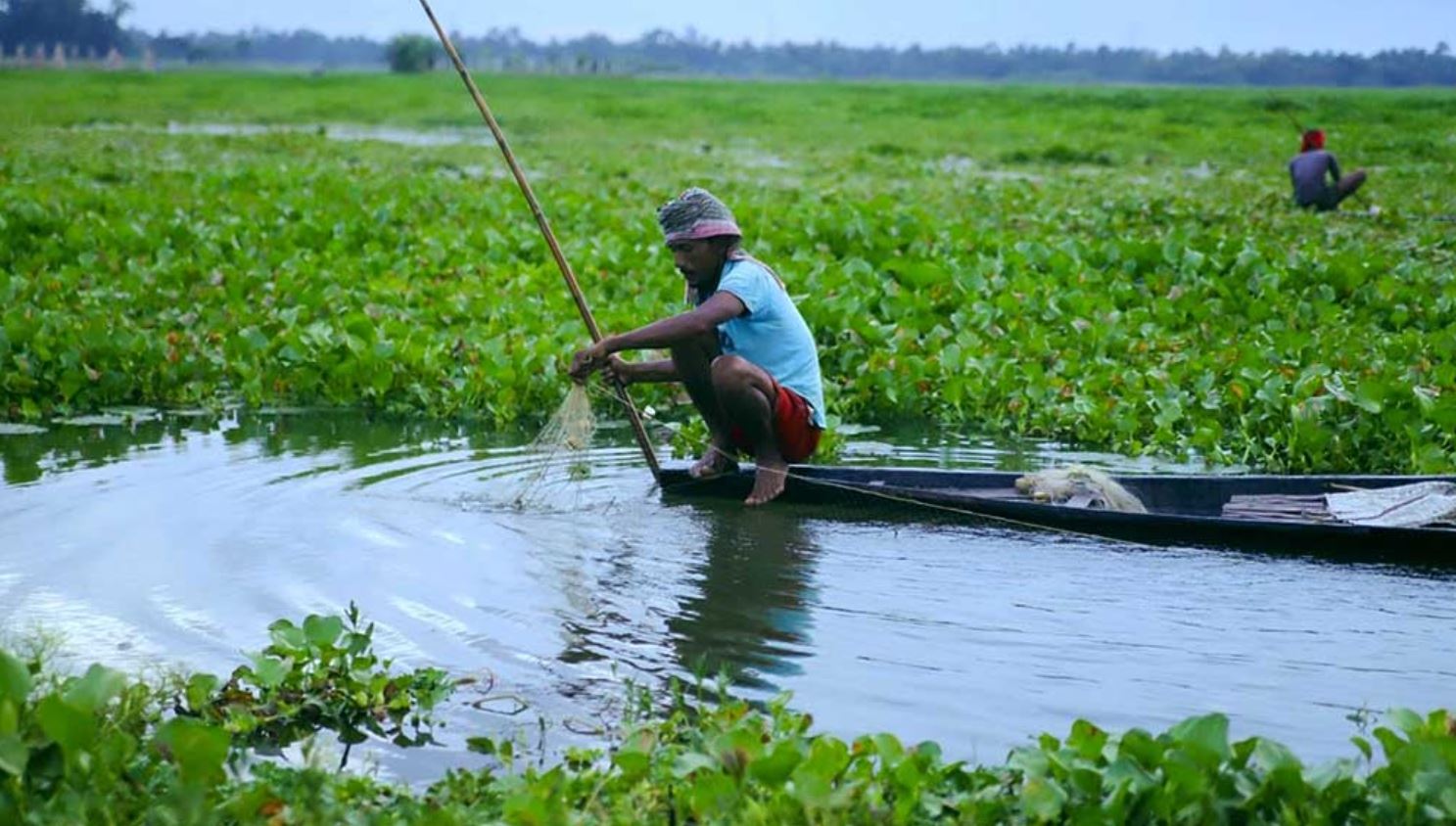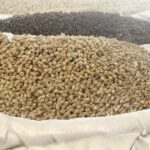 Lake Tana has long been a lifeline for communities like Fentie Wabi’s, but the rapid spread of water hyacinth threatened their way of life. The invasive plant choked the lake, damaged fishing nets, and blocked access to traditional spots. Even after local fishermen spent countless hours manually clearing the weed, it always bounced back. Faced with these challenges, researchers stepped in with a practical solution: convert the plant into biogas.
Lake Tana has long been a lifeline for communities like Fentie Wabi’s, but the rapid spread of water hyacinth threatened their way of life. The invasive plant choked the lake, damaged fishing nets, and blocked access to traditional spots. Even after local fishermen spent countless hours manually clearing the weed, it always bounced back. Faced with these challenges, researchers stepped in with a practical solution: convert the plant into biogas.
Wabi was one of the first to adopt this new approach, which not only provides a cleaner fuel for cooking, but also reduces dependence on firewood. The process is simple: water hyacinth and animal waste are fed into digesters where anaerobic digestion produces methane-rich biogas, and the leftover bioslurry serves as a natural fertiliser. Assistant Professor Yezbie Kassa of the University of Gondar, whose research highlighted the environmental damage caused by the weed, led the pilot project. Although villagers were initially sceptical, seeing the benefits first-hand—especially among women relieved of excessive firewood collection—helped win them over. Experts like Getachew Sime Feyissa from Hawassa University stress that with solid policy backing and funding, initiatives like this can extend to other regions and offer lasting benefits.








